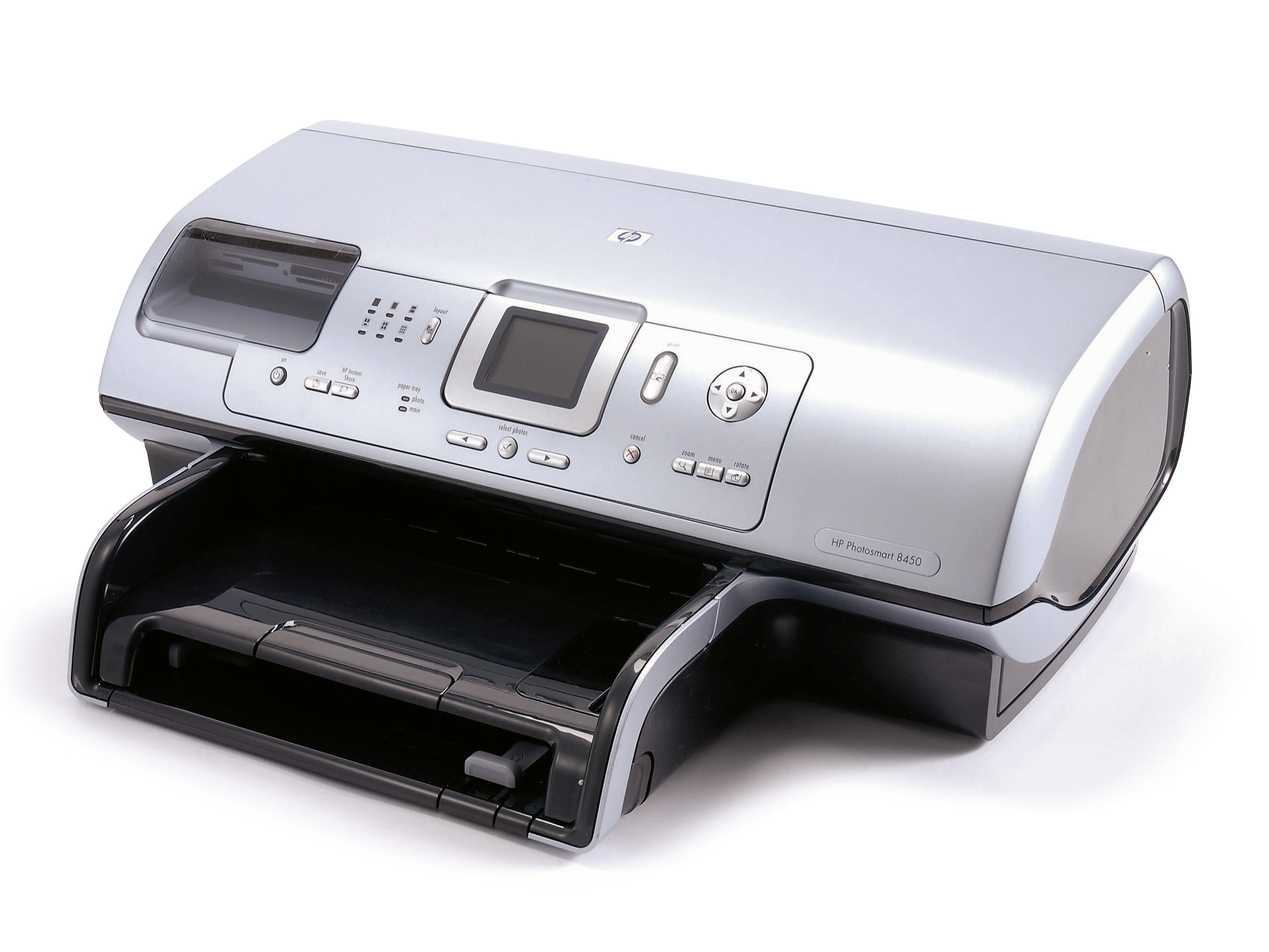TechRadar Verdict
The iP2000 is an unattractive printer that really struggles to cope with printing photos
Pros
- +
Very cheap
CD printing
Dual paper trays
Cons
- -
Combined print cartridge
Muddy colours
Slow printing speed
Why you can trust TechRadar
Unlike the rest of the Pixma range, the entry-level iP2000 doesn't employ Canon's excellent separate colour inks. That's a shame, as there are fewer colours for photo printing and the running costs are likely to be higher as the cartridge must be thrown away when the first colour runs out.
The consumables in this ugly and flimsy inkjet come in two cartridges: black and tri-colour. The black cartridge seems to be there just for printing text, which means that blacks are made by mixing three coloured inks. The upshot of this is that blacks come out as a muddy brown; shadow details are dull and blotchy.
One good point is that the printhead is replaceable (as with all Canon models) should a serious blockage occur. However, unlike the HP system where the printhead is replaced with every new cartridge, the Canon method is cheaper.
There are a few useful features here: there's a secondary paper tray so you can have, say, plain paper in the main paper tray and photo paper in the second. And, there's a front-mounted PictBridge port that enables you to print directly from a PictBridge-enabled camera.
In theory, the print quality from the iP2000 ought to be good. There's a 4,800x1,200dpi FINE printhead and borderless A4 printing. But it's the lack of extra inks that let the side down. The photo quality is very pink - almost red - and details in dark areas just don't get reproduced properly. It's no better when printing black and white images. Our test print is more mauve than black and white and the general print quality is grainy.
Print speeds for colour are quoted at 14ppm and 20ppm for mono text. Real world figures show about six minutes or so for a full colour A4 photo and less than three minutes for a black and white 10x8-inch print.
Tech.co.uk was the former name of TechRadar.com. Its staff were at the forefront of the digital publishing revolution, and spearheaded the move to bring consumer technology journalism to its natural home – online. Many of the current TechRadar staff started life a Tech.co.uk staff writer, covering everything from the emerging smartphone market to the evolving market of personal computers. Think of it as the building blocks of the TechRadar you love today.
